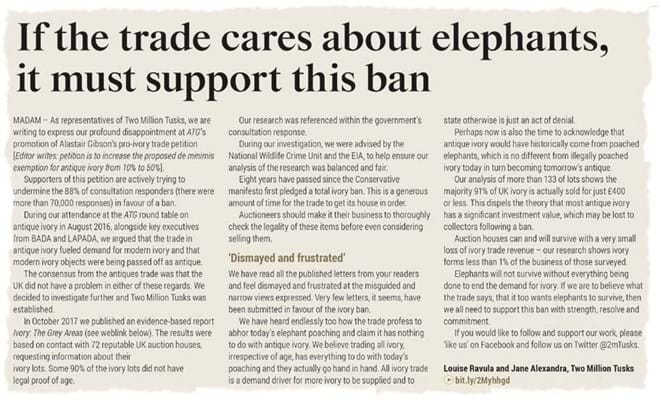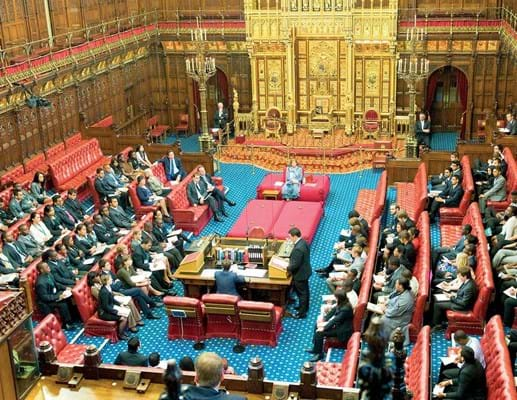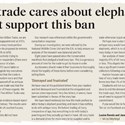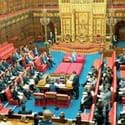While I disagree with the petition’s timing and content, those of us against the proposed ivory ban are only in favour of the trade in antique, not in modern, ivory. This distinction must not be ignored.
Contrary to Two Million Tusks’ sadly misguided assertions, trading in antique ivory does not fuel demand for modern ivory, nor does it encourage today’s poaching. There is no concrete evidence for such a correlation.
The fact is that, regardless of whether antique ivory is available to buy, elephant poaching is continuing, undeterred, to satisfy demand.
Many have suggested that the government instead tackles the problem at source, head on, and turns its attention away from law-abiding antiques dealers in this country, towards illegal poachers abroad.
'Gesture politics'
In reality the government’s present action suggests that it cares less about the elephant’s fate than kowtowing to voters. The proposed ivory bill, without amendments, is gesture politics of the laziest and most ignorant kind, which will inevitably result in the wholly unnecessary destruction of our heritage.
In conclusion, I suggest that Alastair immediately revises his petition, starts afresh, omits all references to de minimis ivory percentages, which is complicated and impractical to enforce.
Instead, he should simply propose the compromise of a simple amendment, allowing for the sale only of certified Victorian or earlier ivory, and a complete trading ban of all other, more modern ivory. This might encourage sense to prevail.
Gavin Littaur
London
*******
MADAM – In their letter to ATG, Two Million Tusks remind us of the 70,000 responses to DEFRA’s consultation, supporting a ban. This represents a negligible, approximately .001% from a nation of animal lovers.
Would supporters of the ivory ban not be better asking why hundreds of tons of ivory are being burned, when if it was released onto the market, prices would drop to a level where poaching was no longer profitable?
Dealers or collectors owning or handling antique ivory are far fewer, but I would estimate support for more reasonable regulations than those outlined in the ivory bill would be anything from 95 to 100%.
The criteria for exemptions are unworkable. Whether an item is pre- or post-1918 is something no-one can say for certain and the flood of items needing certification is potentially overwhelming.
Most of the clientele for modern ivory is in the Far East, where our ban will simply be ignored.
But what is the point? Our politicians set more store on the opinion of .001% of the population than they do over the outcry about the stupidity of this ban from collectors and dealers. The politicians’ attitude seems to be: ‘My mind is made up. Don’t bother me with the facts’.
Ian Harris
N Bloom & Son


















